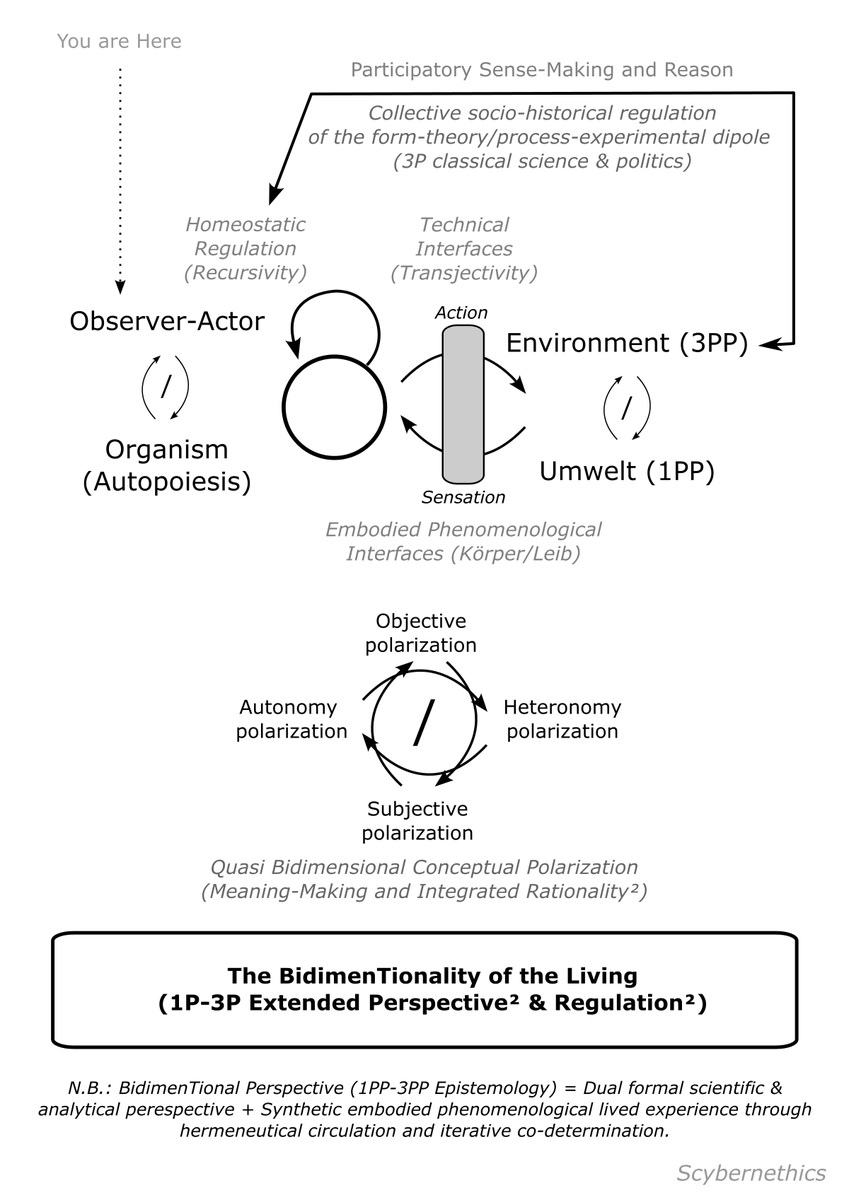[ The "Mind as a gesture" (self)aesthetic ] 🪡
I have gradually converged toward this aesthetical conception of the/my mind based on my phenomenological experience but also on my understanding of PDP/Parallel Distributed Processing models ("ANN"/ "Deep or Machine learning").
I have gradually converged toward this aesthetical conception of the/my mind based on my phenomenological experience but also on my understanding of PDP/Parallel Distributed Processing models ("ANN"/ "Deep or Machine learning").

The former is obviously related to an attentional drive toward my own psychomotricity through many practical activities (like juggling or doing percussions for ex.) and can be linked to the enaction of sensorymotor recurrent kinesthetic patterns.
The dynamic of these parallel and distributed models can be apprehended through the observation of simulations which is necessary when dealing with complex non-linear dynamics, but more simply by first understanding the basics of their mathematical representation (don't run 😉).
The mathematical language for expressing this distributivity is *matrices*, ie "linear algebra" (cf. PDP book for a nice soft 101 intro). Basically they can be understood as operators to express simple linear movements of an (abstract) object: translation, rotation, etc. 

They are used for ex. in 3D games to simulate the changing animated perspective of a subjective camera or move and tranform objects.
The link with gesture should now be obvious.
The link with gesture should now be obvious.

And it appears that these models also exhibit *generic cognitive-like properties*, like distributed memory, spontaneous generalization or graceful degradation, the relation with also the mind is patent. 

So when studying these models of emergence, that is of historical enaction, one can analogically also study the resonance with his own sensorimotor schemes.
This is one technique of how a scybernethician can shape, with cognitive techno-sciences, his embodied mind aesthetics.
This is one technique of how a scybernethician can shape, with cognitive techno-sciences, his embodied mind aesthetics.

@threadreaderapp unroll
• • •
Missing some Tweet in this thread? You can try to
force a refresh













